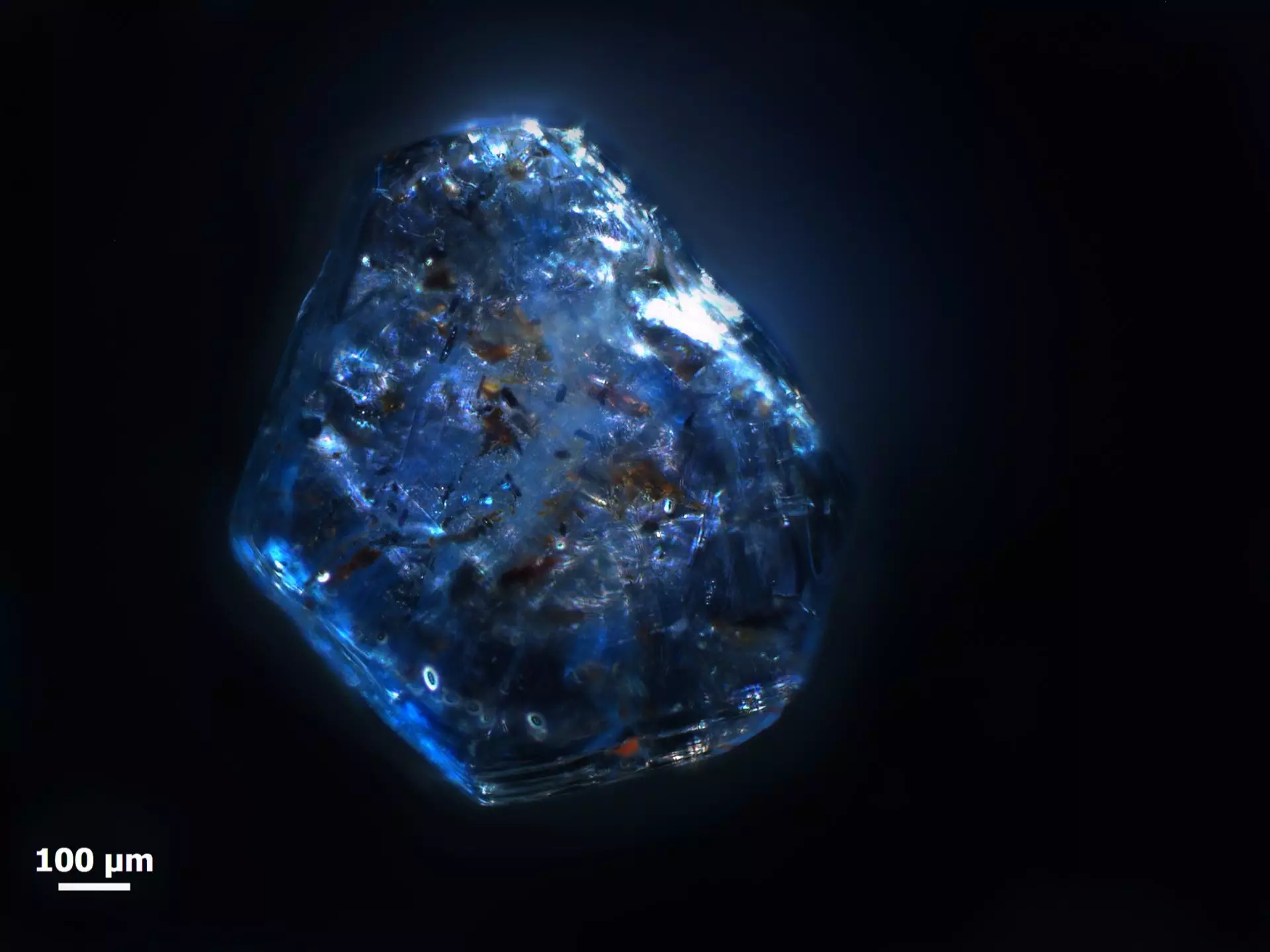Sapphires, known for their mesmerizing blue color, have long been sought after for their beauty and rarity. These precious gems are composed of chemically “contaminated” aluminum oxide, or corundum, making them a unique and valuable addition to the world of gemstones. Researchers at Heidelberg University have delved into the formation of sapphires in volcanic melts, shedding light on the intriguing connection between these mesmerizing crystals and their geological origins.
The Eifel region in Germany serves as a fascinating study site for understanding the genesis of sapphires. Here, geoscientists have uncovered millimeter-sized sapphire grains that have formed in association with volcanism over a period of nearly 700,000 years. These sapphires are predominantly found in volcanic deposits characterized by low silicon dioxide content but high levels of sodium and potassium, characteristics that are conducive to the formation of sapphires. Through geochemical analyses, researchers have gained insights into the processes responsible for the creation of these unique crystals.
Unraveling the Mystery Behind Sapphire Abundance
The abundance of sapphires in volcanic deposits has long puzzled scientists, prompting investigations into the origins of these rare corundum variants. One proposed explanation is that sapphires originate from clayey sediments within the Earth’s crust, undergoing high temperatures and pressures before being transported to the surface through ascending magmas. By examining a total of 223 sapphires from the Eifel region, researchers have been able to trace the origins of these crystals and uncover the mechanisms driving their formation.
One of the key techniques employed in studying sapphire formation is the uranium-lead dating method, which allows researchers to determine the age of the crystals. By analyzing mineral inclusions within sapphires using a secondary ion mass spectrometer, researchers can not only establish the age of the sapphires but also investigate the composition of oxygen isotopes within the crystals. These isotopic signatures serve as a unique fingerprint, providing valuable information about the processes that led to the creation of sapphires in the Eifel region.
Implications for Understanding Earth’s Geological Processes
The findings from the research conducted at Heidelberg University offer valuable insights into the geological processes that influence the formation of sapphires in volcanic melts. By unraveling the mysteries behind the abundance of sapphires in specific geological settings, scientists can enhance their understanding of the dynamic interplay between magmatic and metamorphic processes. The discovery of sapphire formation in association with volcanism not only sheds light on the origins of these precious gems but also contributes to a deeper comprehension of the Earth’s complex geological history.
Concluding Remarks
The research conducted by geoscientists at Heidelberg University represents a significant step forward in unraveling the mysteries of sapphire formation in volcanic melts. By combining geochemical analyses with geological investigations, researchers have provided valuable insights into the processes that govern the creation of sapphires in the Eifel region. The findings not only enhance our understanding of the origins of sapphires but also underscore the intricate relationship between geological processes and the formation of precious gemstones. As further research is conducted in this field, we can expect to uncover even more secrets about the fascinating world of sapphire formation.


Leave a Reply